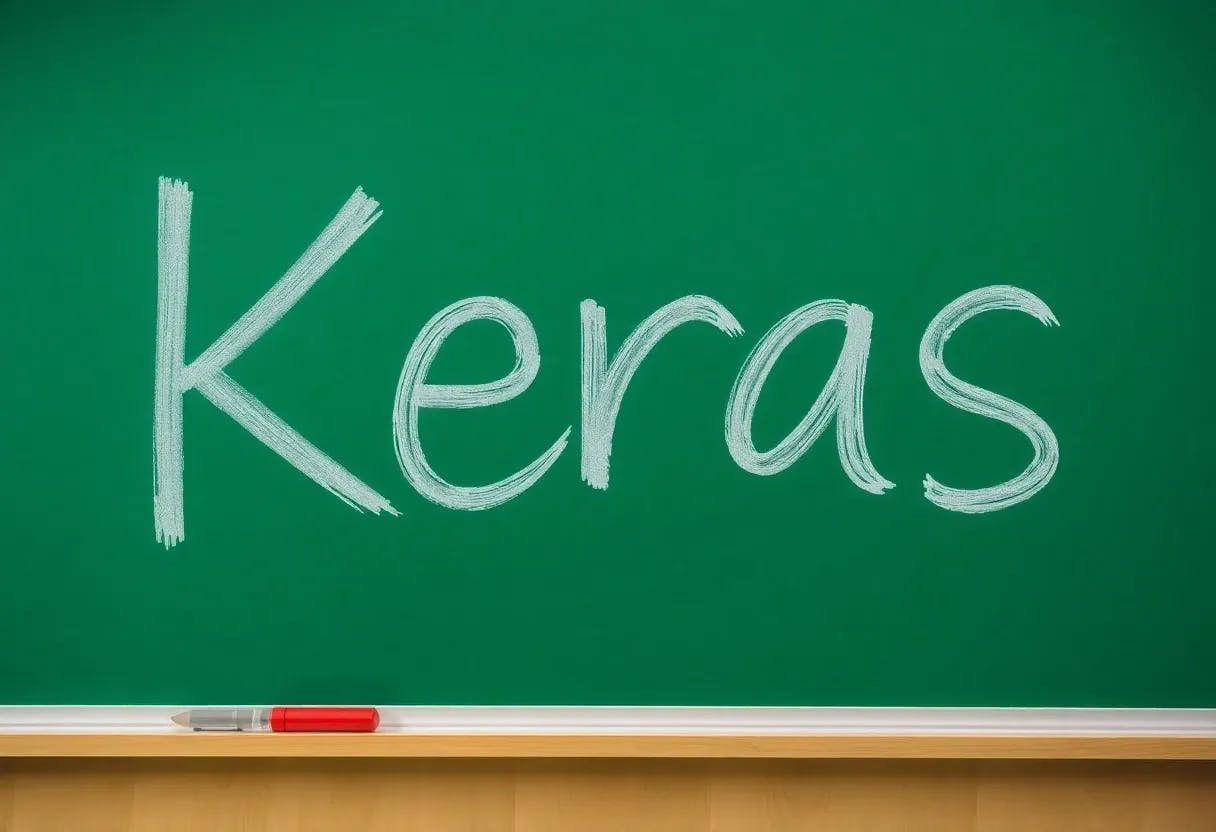
"Masking is a way to tell sequence-processing layers that certain timesteps in an input are missing, and thus should be skipped when processing the data."
"Padding is a special form of masking where the masked steps are at the start or the end of a sequence."
"To make all sequences in a batch fit a given standard length, it is necessary to pad or truncate some sequences."
"Keras provides a utility function to truncate and pad Python lists, allowing variable length sequences to be processed correctly."
Masking allows sequence-processing layers to bypass timesteps in input data that are missing. Padding, a form of masking, helps format sequences to a uniform length for batch processing. Input sequences often vary in length, necessitating the padding of shorter sequences or truncating longer ones to align with the longest sequence. Keras offers tools for padding and truncating, ensuring compatibility with the expected tensor shape for deep learning models, facilitating streamlined data input for training and evaluation processes.
Read at Hackernoon
Unable to calculate read time
Collection
[
|
...
]